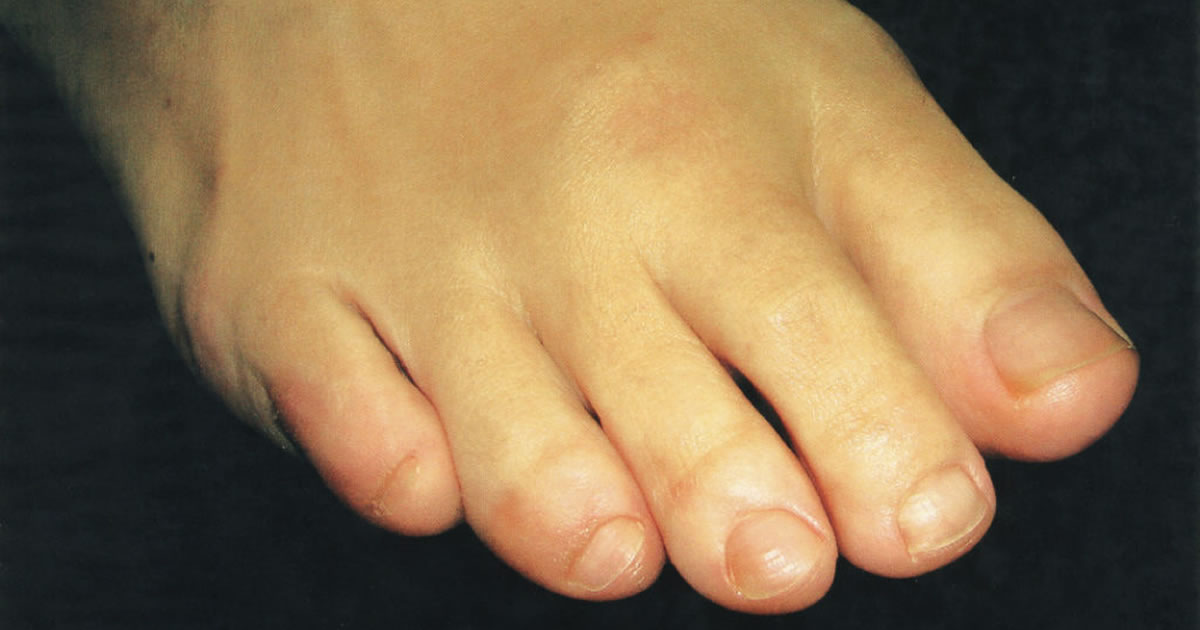
Freiberg’s disease occurs as a result of vascular necrosis (insufficient blood reach to the bone, which causes bone degeneration in that area) located in the head of the second metatarsal, occasionally, it can also appear in the heads of the third and fourth metatarsal, although less frequently.
Freiberg’s disease is usually more common in adolescence. Sometimes it is idiopathic in nature (unknown origin), in others it is the result of a single or repeated trauma, which causes a lack of temporary vascularization in the metatarsal head.
SYMPTOMS OF FREIBERG’S DISEASE
In the initial state, Freiberg’s disease begins with plantar pain at the level of the affected head, sometimes described as the sensation of walking on a stone. Pain may increase when walking barefoot. When mobilizing the finger there is pain, and even clicking or crackling of the joint. Sometimes it usually presents with inflammation.
DIAGNOSIS OF FREIBERG’S DISEASE
The diagnosis of Freiberg disease should be made by a professional using clinical examination and x-rays showing if there is a widening of the joint, flattening of the head and subchondral sclerosis. (abnormal hardening of the subchondral bone)
TREATMENT OF FREIBERG’S DISEASE
In an initial state you must maintain rest to avoid excessive pressure on the head of the metatarsal, another option is to use “THERAPEUTIC AND BIOMECHANICAL FOOTWEAR BOCCIO“ shoes manufactured according to the individual and particular need of each patient, made with 100% natural materials, comfortable and designed especially for this type of situation, which have incorporated an accommodative plantar support leaving free support of support from the affected area. In the most advanced cases in which treatment has not been successful, surgery is recommended, there are many techniques, all of them aimed at decompression of the metatarsal head and relieving pain.
